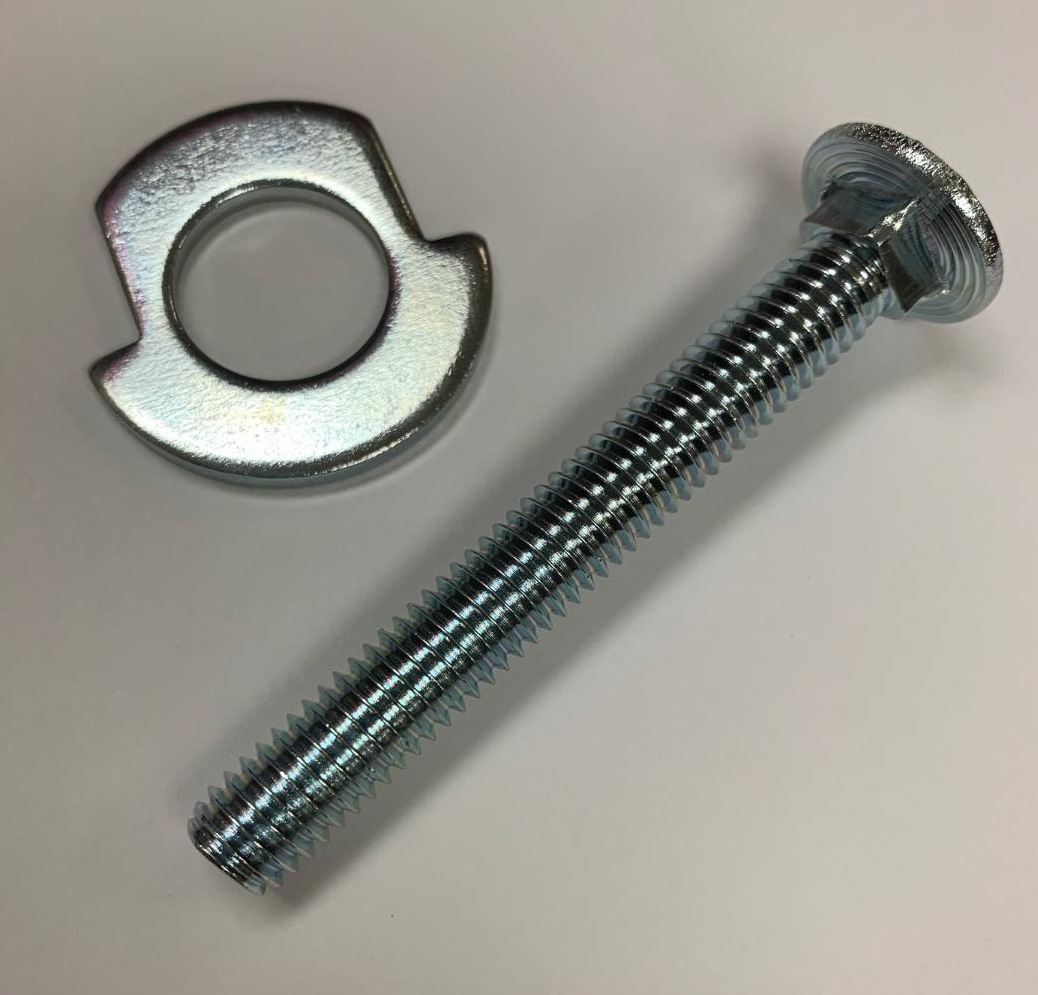Why Thinner Parts Seem to Have Fatter Costs

If you look at your zinc plating bills in terms of the plating expense per pound of parts, you’ve probably noticed that the cost per pound varies from part to part. Specifically, you might have noticed that thinner, flatter parts are more expensive to coat than thicker parts on a cost-per-pound basis.
Here’s the primary reason: Thinner, flatter parts have a higher surface area-per-pound, and it’s the amount of area to be plated, rather than the weight of the part to be plated, that determines the cost of the plating process.
While it costs roughly the same amount to plate each of the two parts below since they have a similar surface area, the washer on the left will cost more on a per-pound basis since it weighs much less.
It’s always smart to make sure you’re not paying a penny more than you have to. In some cases, however, there’s a reason why what seems to be a high price is actually a very fair price.
